5 Italian Herb Mix Secrets You Probably Didn’t Know (But Definitely Need!)
If you've ever tasted a dish that instantly transported you to the rolling hills of Tuscany or the bustling streets of Rome, chances are it had an Italian herb mix in it. These magical combinations of dried herbs have been part of Global Spice Traditions for centuries—but there's more to them than just tossing some oregano and basil into your marinara.
In this post, we’ll uncover five secrets behind the best Italian herb mixes, give you pro tips on how to use them, and even compare popular blends side by side. So whether you're a seasoned chef or someone who just discovered thyme isn't just the name of a weird cousin, read on!
Table of Contents
- What is an Italian Herb Mix?
- The Top Herbs in Any Classic Mix
- Secret #1: Not All Basil Is Created Equal
- Secret #2: The Secret Ratio That Changes Everything
- Secret #3: Fresh vs. Dried – Why It Matters
- Secret #4: The Surprising Ingredient Some Add
- Secret #5: Pairing with the Right Oils & Vinegars
- How to Use Your Italian Herb Mix Like a Pro
- DIY Italian Herb Mix Recipe
- Conclusion
What is an Italian Herb Mix?
An Italian herb mix is a blend of aromatic dried herbs traditionally used in Mediterranean cuisine. While commercial versions often come pre-mixed in spice jars, the real magic lies in understanding which herbs make the cut—and why they work so well together.
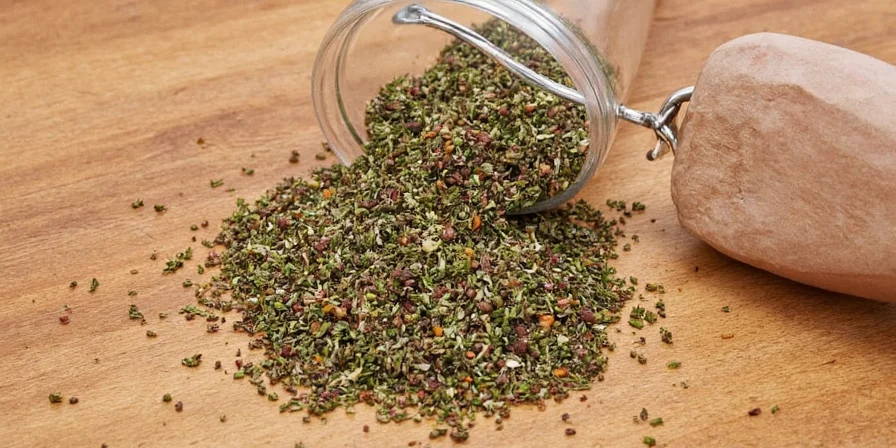
The Top Herbs in Any Classic Mix
While the exact composition can vary by region or personal taste, most authentic mixes include these heavy hitters:
- Oregano
- Basil
- Thyme
- Rosemary
- Marjoram
- Parsley (sometimes included)
Secret #1: Not All Basil Is Created Equal
You might think any old basil works, but not all basils are born equal. There’s sweet basil, Thai basil, holy basil, lemon basil… you get the idea.
For your Italian herb mix, stick to sweet basil. Thai or lemon basil can add interesting notes but may throw off the traditional balance of flavors.
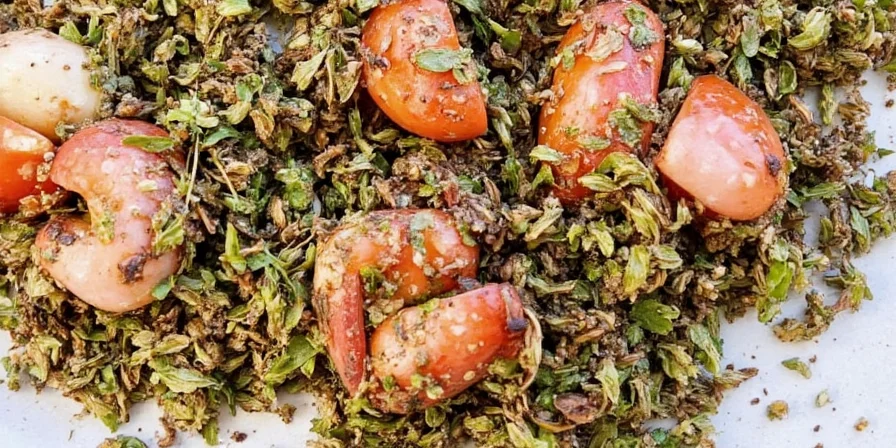
Secret #2: The Secret Ratio That Changes Everything
Most people just toss everything in equally—but the pros know that the right ratio makes all the difference. Here's a breakdown that gives you the perfect flavor punch without overpowering any single herb:
| Herb | Percentage |
|---|---|
| Oregano | 30% |
| Basil | 25% |
| Thyme | 20% |
| Rosemary | 15% |
| Marjoram | 10% |
Secret #3: Fresh vs. Dried – Why It Matters
Fresh herbs are great for garnish and finishing touches, but when it comes to long-simmered sauces or slow-roasted meats, dried herbs win every time.
Drying concentrates the essential oils, making the flavors more robust and shelf-stable. Just remember—don’t crush them too early! Wait until just before using to preserve their aroma.
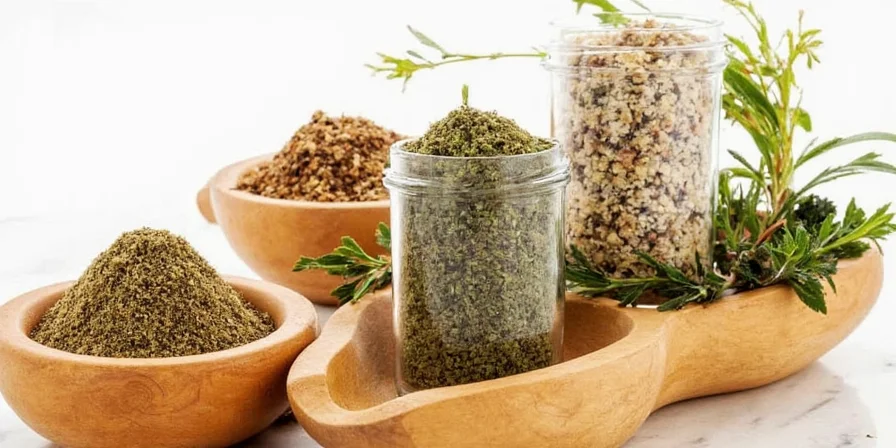
Secret #4: The Surprising Ingredient Some Add
Want to take your mix from good to “What did you put in here?!” level delicious? Try adding a pinch of crushed red pepper flakes or grated lemon zest.
- Red pepper adds heat and depth
- Lemon zest brightens the entire blend
These aren't traditional, but they sure do impress!
Secret #5: Pairing with the Right Oils & Vinegars
Here’s a tip that separates the amateurs from the pros: always bloom your herb mix in a bit of oil or vinegar first. This helps release the volatile oils and infuse your dish faster.
| Oil/Vinegar | Best For | Flavor Notes |
|---|---|---|
| Olive Oil | Marinades, sautéing, dressings | Earthy, fruity |
| White Wine Vinegar | Vinaigrettes, pickling | Clean, sharp |
| Balsamic Vinegar | Glazes, reductions | Sweet, tangy |
How to Use Your Italian Herb Mix Like a Pro
Now that you’ve got your mix down pat, let’s talk about where to use it. Here are some ideas:
- Pasta dishes: Add a spoonful to tomato sauce or toss with olive oil for a quick aglio e olio.
- Pizza seasoning: Mix with garlic powder and Parmesan for a homemade pizza blend.
- Roast meats: Rub onto chicken, pork, or lamb before roasting.
- Vegetable seasoning: Sprinkle over roasted eggplant, zucchini, or bell peppers.
- Brine & marinades: Boost flavor in brines for capicola or marinades for steak.
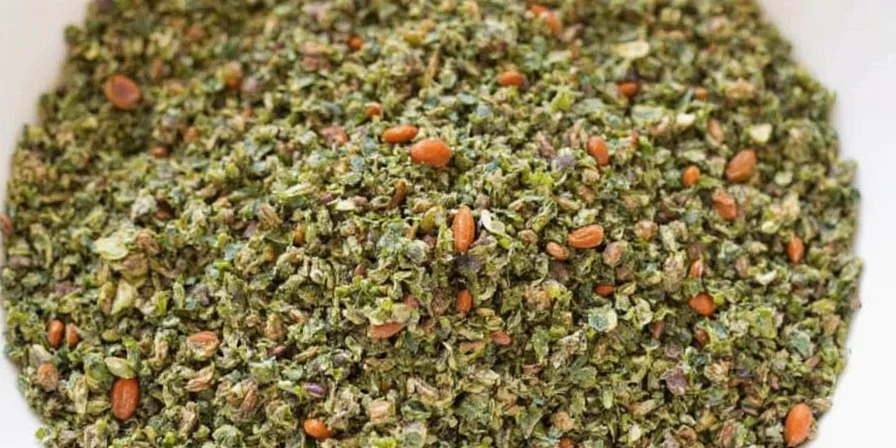
DIY Italian Herb Mix Recipe
Ready to make your own custom blend at home? Here's a basic recipe that will keep for up to a year in an airtight container.
- 3 tbsp dried oregano
- 2.5 tbsp dried sweet basil
- 2 tbsp dried thyme
- 1.5 tbsp dried rosemary
- 1 tbsp dried marjoram
- Optional: ½ tsp crushed red pepper or lemon zest
Mix well and store in a cool, dark place. Label your jar with the date and ingredients for easy reference.
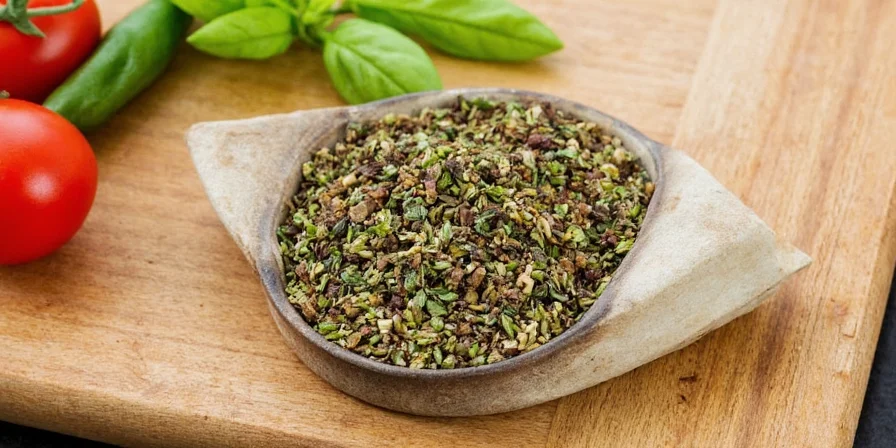
Conclusion
So there you have it—the secret life of the humble Italian herb mix. Whether you’re making your own or buying one, knowing what goes into the blend and how to use it can transform your cooking from average to awe-inspiring.
Remember: ratios matter, freshness counts, and sometimes it’s that little unexpected ingredient that steals the show. With these five secrets under your belt, you're well on your way to mastering one of the most beloved elements of Global Spice Traditions.

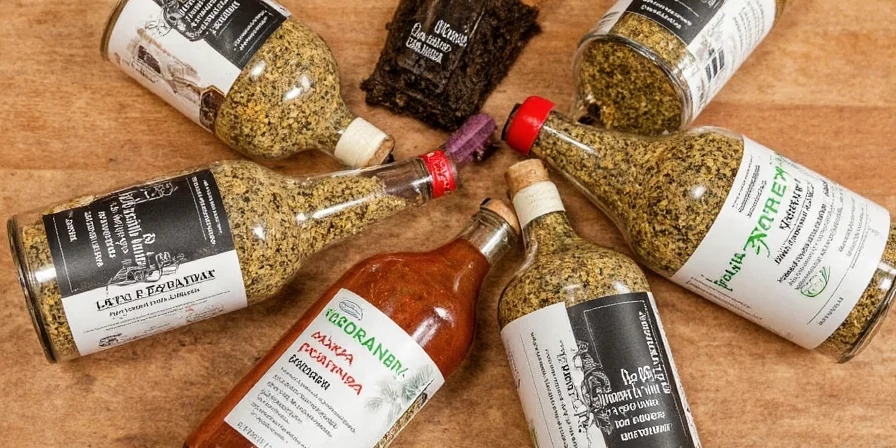









 浙公网安备
33010002000092号
浙公网安备
33010002000092号 浙B2-20120091-4
浙B2-20120091-4